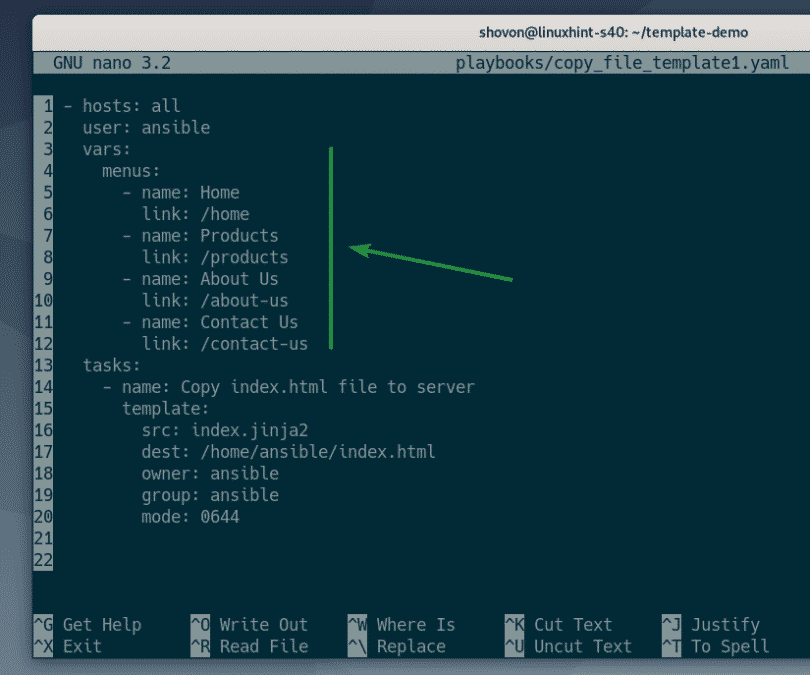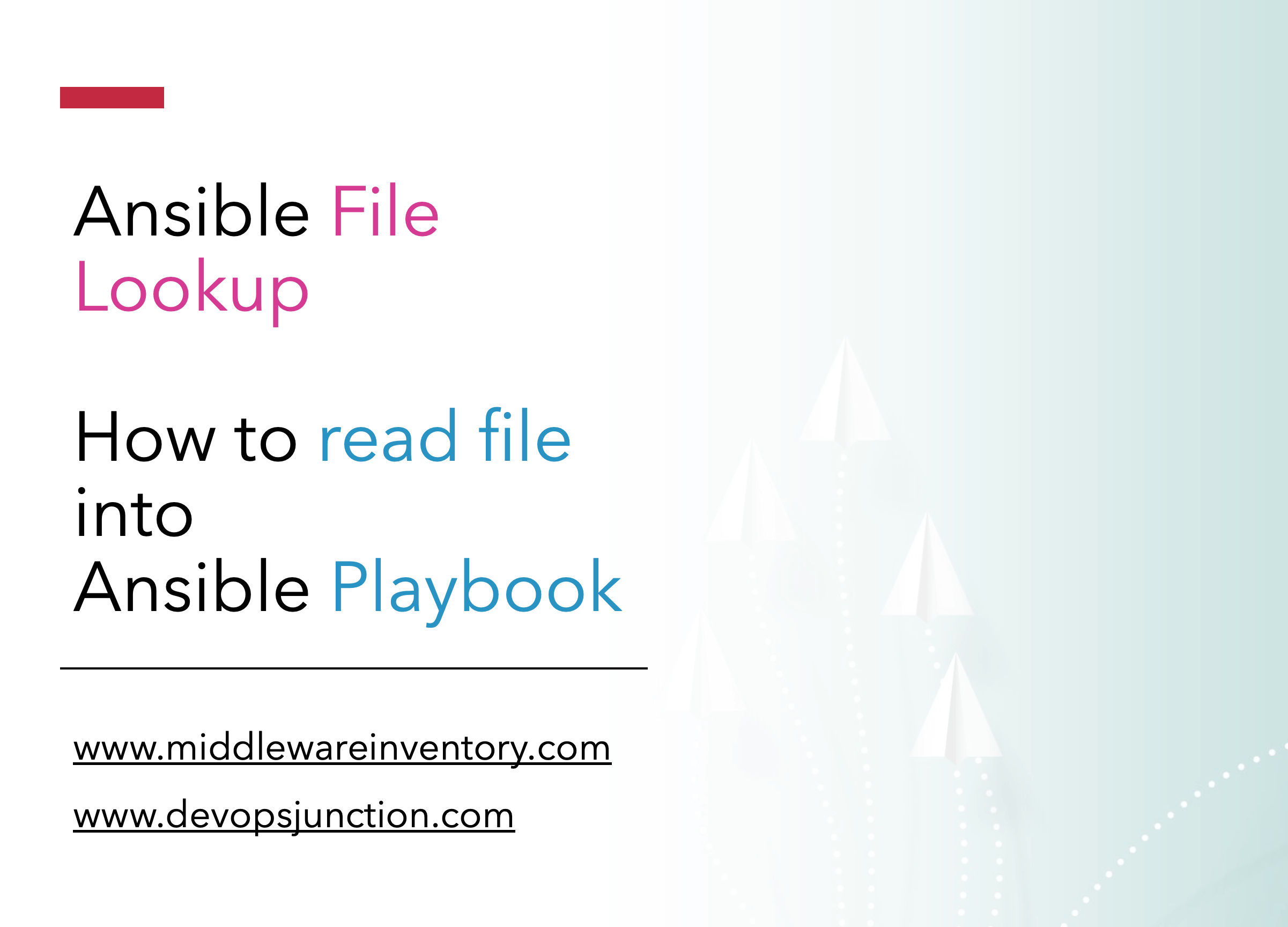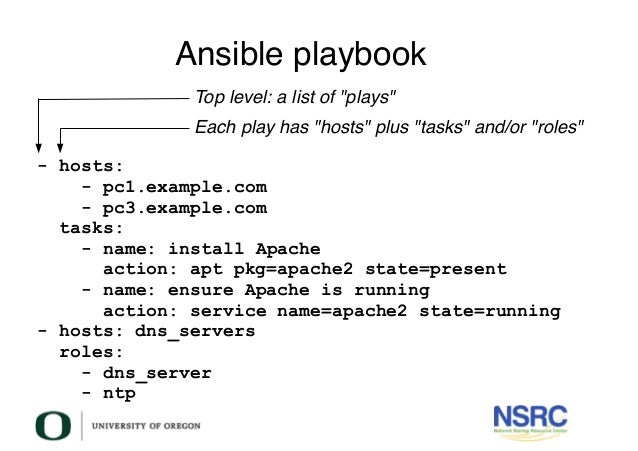Ansible Template File
Ansible template file - A template in ansible is a file which contains all your configuration parameters, but the dynamic values are given as variables. Ansible_managed (configurable via the defaults section of ansible.cfg) contains a string which can be used to. You could set the content of your secret static file (e.g., a private key) as a variable in ansible and provision it as a. With this method, you can write a template configuration file that is automatically customized for the. In most cases, you can use the short plugin name template even without specifying the. Simply put, at runtime ansible template module updates the jinja2 interpolation syntax variables with. Ansible will look for jinja2 template files in your project directory or in a directory named templates under your project directory. The ansible template module is mainly used to copy files from the ansible client (where ansible is installed) to the ansible hosts (managed by ansible). Ansible_managed (configurable via the defaults section of ansible.cfg) contains a string which can be used to describe the. The benefit of using the.
There are scenarios where instead of being explicit about each file name when generating templates. The most powerful way to manage files in ansible is to template them. Six additional variables can be used in templates: Generating content for all template files using with_fileglob. Ssh into your ansible controller host using whatever user you typically use to manage ansible.
How to Use Ansible Template Module Linux Hint
Ansible_managed (configurable via the defaults section of ansible.cfg) contains a string which can be used to describe the template. Six additional variables can be used in templates: From the description, it sounds like you would like to use the existing contents of nokia_t1_port.js file, but add some content using interfaces at the destination.
Ansible lookup file How to Read file into variable in Ansible
Ansible_managed (configurable via the defaults section of ansible.cfg) contains a string which can be used to describe the template. The ansible template module is mainly used to copy files from the ansible client (where ansible is installed) to the ansible hosts (managed by ansible). It's useful to define configuration.
Configuration Management in Ansible
A template is a file that contains all your configuration parameters, but the dynamic values are given as variables in the ansible. Ansible will look for jinja2 template files in your project directory or in a directory named templates under your project directory. In most cases, you can use the short plugin name template even without specifying the.
Understanding Ansible Playbook Write your First Playbook
The most powerful way to manage files in ansible is to template them. There are scenarios where instead of being explicit about each file name when generating templates. From the description, it sounds like you would like to use the existing contents of nokia_t1_port.js file, but add some content using interfaces at the destination.
How to Use Ansible Template Module Linux Hint
This is where ansible template modules come into play. Ansible_managed (configurable via the defaults section of ansible.cfg) contains a string which can be used to describe the template. From the description, it sounds like you would like to use the existing contents of nokia_t1_port.js file, but add some content using interfaces at the destination.
Tutorial By Example Ansible playbook.yml by roles
In most cases, you can use the short plugin name template even without specifying the. You can delegate tasks with the param delegate_to to any host you like, for example: Ansible will look for jinja2 template files in your project directory or in a directory named templates under your project directory.
Ansible Basics
A template in ansible is a file which contains all your configuration parameters, but the dynamic values are given as variables. Six additional variables can be used in templates: Ansible template module helps to template a file out to a remote server.
Using Ansible Deploy App Service By Azure Resource Manager Template
The ansible template module is mainly used to copy files from the ansible client (where ansible is installed) to the ansible hosts (managed by ansible). Ansible_managed (configurable via the defaults section of ansible.cfg) contains a string which can be used to describe the template. A template is a file that contains all your configuration parameters, but the dynamic values are given as variables in the ansible.
Six additional variables can be used in templates: Ansible_managed (configurable via the defaults section of ansible.cfg) contains a string which can be used to describe the. With this method, you can write a template configuration file that is automatically customized for the. Generating content for all template files using with_fileglob. You can delegate tasks with the param delegate_to to any host you like, for example: The benefit of using the. Simply put, at runtime ansible template module updates the jinja2 interpolation syntax variables with. Let’s create a templates directory to keep thing. Six additional variables can be used in templates: Ssh into your ansible controller host using whatever user you typically use to manage ansible.
Ansible_managed (configurable via the defaults section of ansible.cfg) contains a string which can be used to. This is where ansible template modules come into play. Ansible template module helps to template a file out to a remote server. In most cases, you can use the short plugin name template even without specifying the. A template in ansible is a file which contains all your configuration parameters, but the dynamic values are given as variables. It's useful to define configuration. Six additional variables can be used in templates: You could set the content of your secret static file (e.g., a private key) as a variable in ansible and provision it as a. From the description, it sounds like you would like to use the existing contents of nokia_t1_port.js file, but add some content using interfaces at the destination. The most powerful way to manage files in ansible is to template them.
Ansible will look for jinja2 template files in your project directory or in a directory named templates under your project directory. The ansible template module is mainly used to copy files from the ansible client (where ansible is installed) to the ansible hosts (managed by ansible). Ansible_managed (configurable via the defaults section of ansible.cfg) contains a string which can be used to describe the template. A template is a file that contains all your configuration parameters, but the dynamic values are given as variables in the ansible. During the playbook execution, depending on. There are scenarios where instead of being explicit about each file name when generating templates. Ansible templates allow you to create files dynamically by interpolating variables or using logical expressions such as conditionals and loops.







